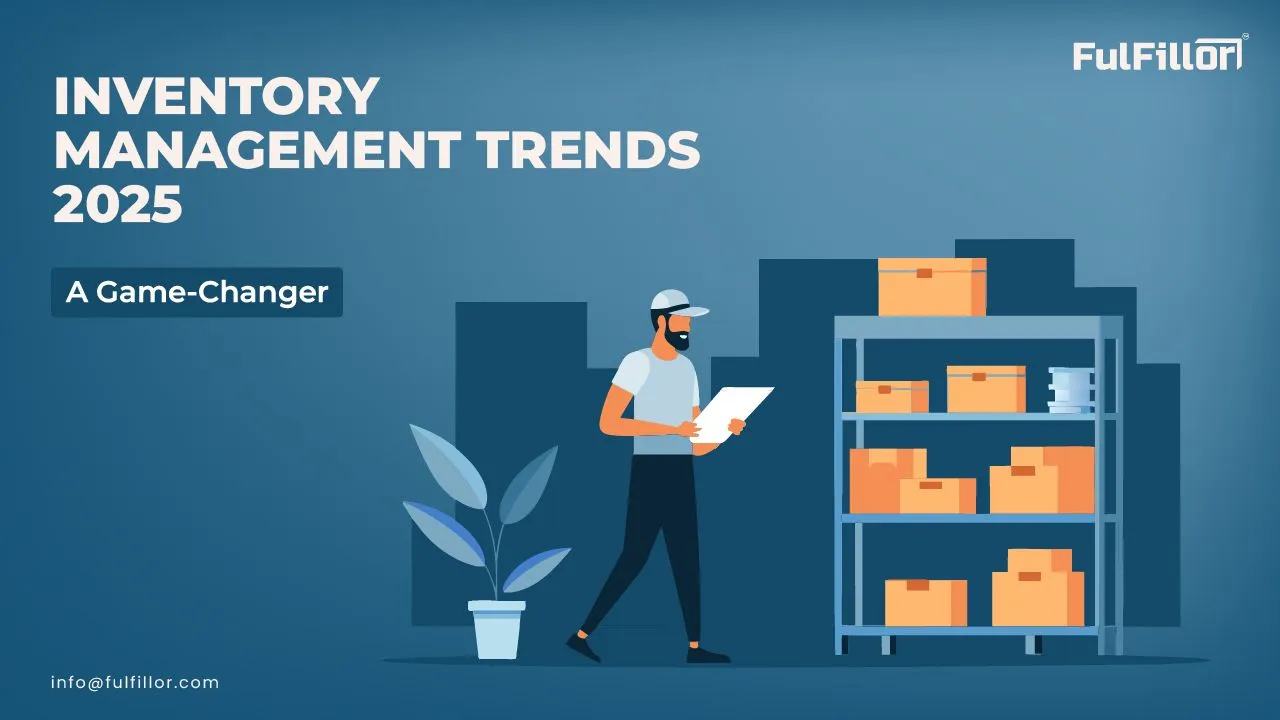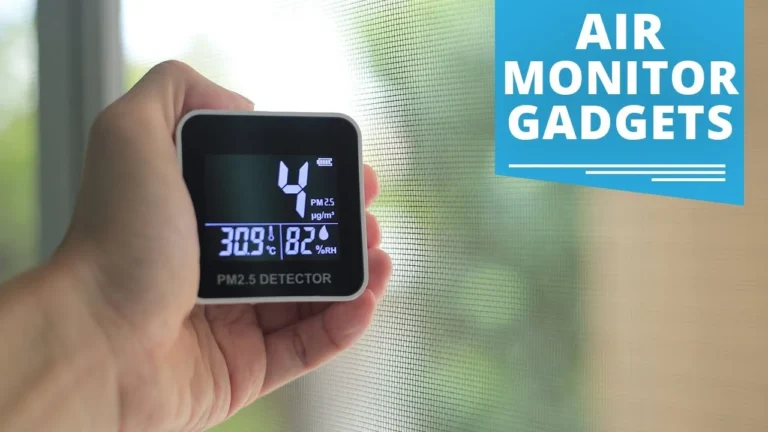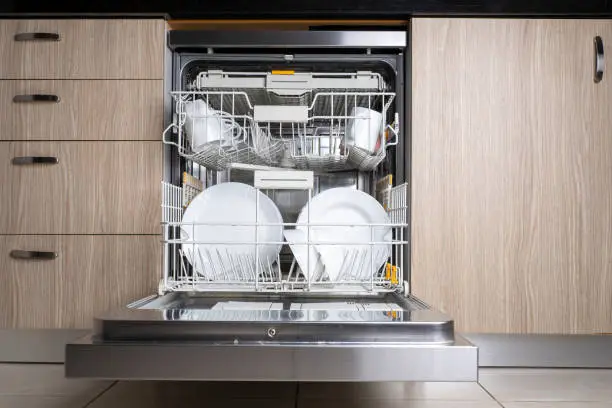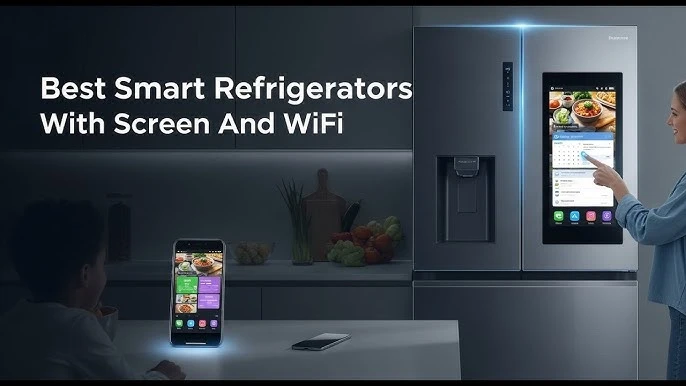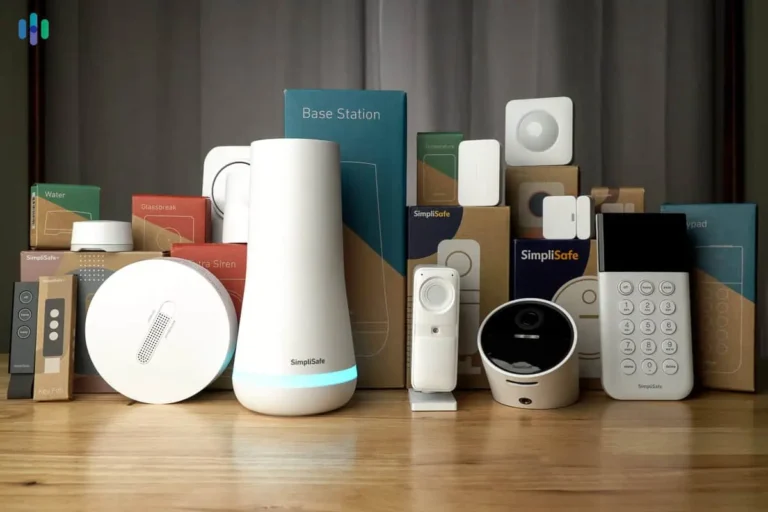5 Best Automated Grocery Inventory Trackers 2025
Automated Grocery Inventory Tracker Managing groceries might seem like a small household task, but anyone who has had to rush to the store mid-cooking knows how disruptive it can be. In our fast-paced world, keeping track of pantry items, fridge contents, and expiration dates is not just inconvenient—it’s a mental load many families want to reduce. This is where Automated Grocery Inventory Trackers are stepping in as the ultimate kitchen assistant.
Imagine never running out of milk or accidentally buying a third jar of peanut butter because you forgot what was at home. With modern technology, it’s no longer just a dream; it’s an achievable reality. Automated Grocery Inventory Tracker uses smart sensors, barcode scanners, and AI-powered apps to keep an updated list of what you own, what’s expiring soon, and what needs restocking. The rise of smart homes has naturally extended to smart kitchens. Just like thermostats now learn your preferred temperature, these Automated Grocery Inventory Tracker learn your cooking habits. Over time, they help optimize shopping, reduce waste, and save money. This guide will walk you through everything you need to know about automated grocery inventory systems, from how they work to choosing the right one for your home.
What is an Automated Grocery Inventory Tracker?
An automated grocery inventory tracker is a smart tool—either hardware, software, or both—that monitors your food supplies in real time. It works by recording what you purchase, when you bought it, and how quickly it’s being used. The goal is to help you maintain a balanced, updated stock of groceries without manual effort. Depending on the system, it can track items via barcode scanning, RFID tags, weight sensors, or even AI image recognition.
Some trackers are integrated into smart refrigerators that automatically detect when items are low or expired. Others exist as mobile apps where you manually scan items upon purchase and the system does the rest. More advanced models sync with your online grocery accounts, making reordering seamless. The technology has evolved rapidly over the last few years, moving from simple checklists to predictive AI systems.
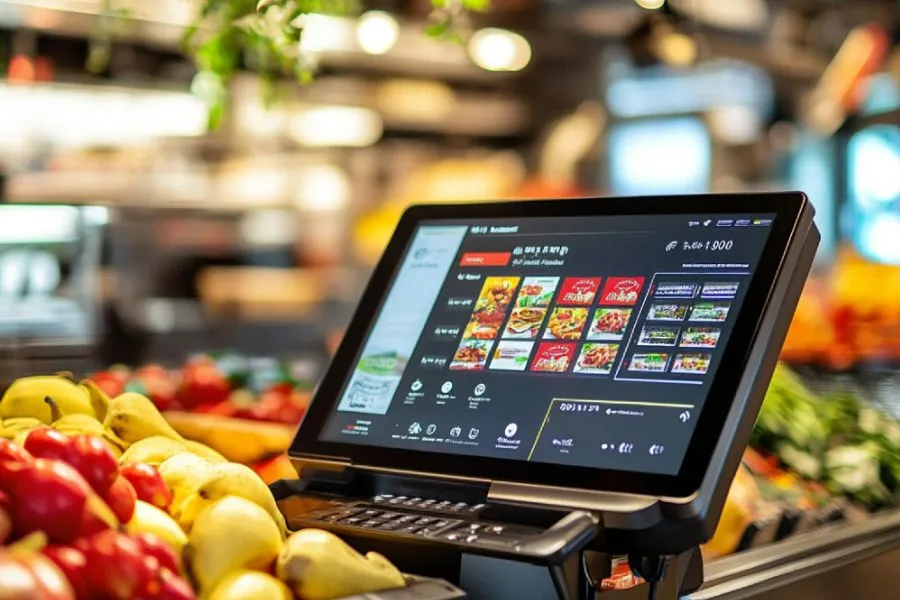
The real magic happens in automation. Instead of relying on memory or sticky notes, your grocery status is always available at your fingertips. You can access the Automated Grocery Inventory Tracker while shopping, get push notifications for expiring items, and even receive meal suggestions based on what’s already in your pantry. In short, it’s like having a virtual kitchen assistant that never forgets.
“Want to level up your smart home? Don’t miss our complete “Best Smart Home Devices to Upgrade in 2025”
Why Grocery Management Matters More Than You Think
Automated Grocery Inventory Tracker management might sound like a simple task, but research shows that food waste is a global problem costing households hundreds of dollars every year. According to the UN, over 17% of all food produced globally ends up wasted—much of it due to poor inventory tracking at home. This not only wastes money but also contributes to environmental issues like greenhouse gas emissions from decomposing food.
Beyond waste, poor grocery management can impact meal planning and nutrition. If you constantly run out of essentials, you might resort to unhealthy takeout meals instead of cooking at home. A disorganized kitchen can also cause frustration, making cooking feel like a chore rather than a creative activity. Over time, these small inconveniences can add up to significant stress.
Good Automated Grocery Inventory Tracker management also promotes mindful consumption. By knowing exactly what you have, you can plan meals more efficiently, reduce overspending, and make healthier choices. An automated grocery tracker helps bridge the gap between intention and action by keeping the process consistent and error-free.
How an Automated Grocery Inventory Tracker Works
At its core, an Automated Grocery Inventory Tracker works by recording the details of your food items and keeping them updated without much human input. The simplest method involves scanning barcodes when you purchase items. Once scanned, the system automatically logs the name, quantity, purchase date, and sometimes the expiration date. This ensures that every product in your pantry or fridge is accounted for and easy to locate in your digital list.
More advanced systems integrate IoT-enabled sensors in shelves, bins, or refrigerators. These sensors measure weight or detect when items are removed, updating your inventory in real time. For example, if you remove a bottle of milk, the Automated Grocery Inventory Tracker adjusts the quantity instantly. Some even use cameras and AI recognition to identify products visually, eliminating the need for manual input. The data collected by these trackers isn’t just for reference—it’s actionable. Many systems generate automatic shopping lists based on your usual consumption patterns. They can also send reminders about soon-to-expire products, suggest recipes based on what’s available, and sync with grocery delivery services for instant replenishment. This seamless loop of monitoring, alerting, and replenishing turns your kitchen into a smart, self-managing space.
Key Features to Look For
When choosing an automated grocery inventory tracker, one of the most important features to consider is real-time updates. A tracker that only updates when you manually input data won’t save as much time as one that uses sensors or connected apps to track items instantly. Look for a system that allows multiple family members to access and edit the inventory simultaneously, ensuring everyone is on the same page.
Another must-have is expiry date tracking. This feature helps you avoid spoilage by alerting you before food goes bad. Many trackers let you set custom notification times, such as three days before the expiry date. Bonus points if the system offers recipe suggestions for items that are about to expire—this not only saves money but also reduces food waste significantly.
Finally, consider the tracker’s integration capabilities. Can it connect with your voice assistant like Alexa or Google Home? Does it sync with grocery delivery platforms like Amazon Fresh or Instacart? A tracker that works within your existing smart home ecosystem will feel more natural to use, making it more likely you’ll stick with it long-term.
Benefits of Using an Automated Grocery Inventory Tracker
One of the biggest benefits of using an automated grocery inventory tracker is reduced food waste. When you know exactly what you have and when it expires, you can plan meals accordingly and avoid over-purchasing. This translates into direct cost savings—many families report saving hundreds of dollars per year after switching to automated tracking systems.
The second major advantage is time savings. Instead of spending half an hour rummaging through your pantry before making a shopping list, you can pull up your inventory on your phone in seconds. The tracker can even generate the shopping list for you based on what’s missing, which means grocery store trips are faster and more focused.
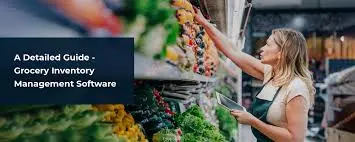
Lastly, an Automated Grocery Inventory Tracker can help you eat healthier. By keeping a detailed record of what’s available, it becomes easier to plan balanced meals and stick to dietary goals. Some trackers can even monitor nutritional information for each item, making them useful for people with specific health requirements like low-sodium or high-protein diets.
“Want to explore what’s shaping the future? Don’t miss our guide on Electronic Inventions 2025’s Most Innovative.“
Comparing Different Types of Grocery Trackers
There are several types of automated grocery inventory trackers, and each comes with its own strengths and weaknesses. App-based trackers are the most accessible since they only require a smartphone. You scan barcodes, and the app logs your groceries in a cloud database. They are budget-friendly but rely on manual input unless paired with smart devices. Popular examples include apps that sync with online stores, making reordering faster.
Another option is smart appliance integration. This involves having a smart refrigerator or pantry shelves equipped with sensors or cameras. These appliances automatically detect what’s inside and keep the Automated Grocery Inventory Tracker updated. While they are more accurate and require less effort, they tend to be expensive and are often limited to certain brands or ecosystems.
The third category is standalone smart inventory systems. These are dedicated devices that you place in your pantry, fridge, or cupboards. They often use weight sensors, RFID tags, or AI-based cameras to track inventory. They offer flexibility since they’re not tied to a specific appliance brand, but they can be costly to set up and maintain compared to simple mobile app solutions.
Challenges & Limitations
Like any technology, automated grocery inventory trackers are not perfect. One of the main challenges is the initial setup. If you have a large household with a full pantry, logging all your existing items can take hours. While some systems allow batch scanning or AI-based recognition, the first setup phase can be time-consuming, which may discourage new users.
Cost is another limitation, especially for smart appliances or high-end standalone systems. While app-based trackers are often free or low-cost, advanced solutions with sensors and automation can run into hundreds or even thousands of dollars. The investment may be worth it for large families, but smaller households might find it hard to justify.
Lastly, there’s the issue of compatibility and privacy. Not all trackers integrate with every smart home ecosystem, meaning you might have to adjust your tech setup. Some users also have concerns about data privacy since these systems store information about your purchases and consumption habits. Choosing a reputable brand with clear privacy policies is essential.
Future Trends in Grocery Tracking
The future of Automated Grocery Inventory Tracker is exciting, with AI playing a central role. Instead of just tracking what you have, future systems will predict what you’ll need and when. These predictions will be based on your shopping habits, meal patterns, and even seasonal preferences. This level of personalization will make grocery management almost completely hands-free.
We can also expect integration with smart delivery services. Imagine a system that notices you’re running low on coffee and automatically orders your favorite brand from your preferred store. You could set delivery windows so that your groceries arrive exactly when you need them, eliminating last-minute store trips entirely.
Another promising trend is health-based grocery tracking. Future trackers could analyze your eating habits and suggest adjustments based on health goals, allergies, or dietary restrictions. For example, it might recommend low-sodium alternatives if you frequently consume salty snacks or suggest recipes to balance your nutrient intake.
How to Choose the Right Automated Grocery Inventory Tracker for Your Home
Choosing the right grocery tracker starts with assessing your household needs. Large families with frequent grocery shopping may benefit from smart appliance integration or standalone systems for accuracy. Smaller households or individuals might find app-based solutions sufficient and cost-effective. Your budget and willingness to maintain the system will play a big role in your choice.
Consider compatibility with your existing tech ecosystem. If you already use Alexa, Google Home, or Apple HomeKit, ensure the tracker works seamlessly with these platforms. This allows you to use voice commands, receive reminders, and sync shopping lists across devices without switching between apps.
Finally, think about features that match your lifestyle. If reducing food waste is your top priority, focus on trackers with strong expiry-date alerts and recipe suggestions. If you want convenience, look for auto-ordering integration. The more a tracker aligns with your habits, the more likely you are to use it consistently.
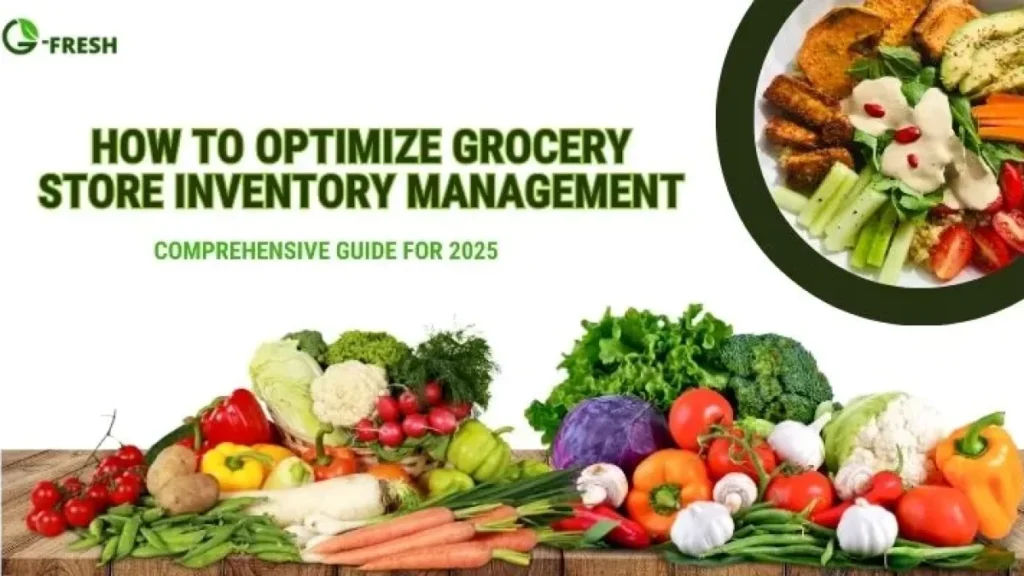
DIY Automated Grocery Inventory Tracker Solutions
You don’t always need to buy expensive equipment to enjoy the benefits of automated grocery tracking. One simple DIY solution is using Google Sheets combined with a barcode scanning app. You can scan items into a shared spreadsheet, allowing your entire household to see what’s in stock from any device. This setup costs nothing but time and works surprisingly well for organized families.
For the tech-savvy, a Raspberry Pi-based project can turn your pantry into a smart inventory hub. By connecting weight sensors to shelves, you can measure when items are removed and automatically update your inventory. This approach offers full customization, letting you track unique items that commercial trackers might not support.
There are also open-source apps like Grocy, which can be installed on a home server. These apps offer barcode scanning, expiry date alerts, and recipe suggestions—all without relying on third-party servers. This is a great option for those concerned about privacy while still enjoying the convenience of automation.
Step-by-Step Setup Guide (Example)
Setting up an automated grocery inventory tracker begins with choosing your platform—whether it’s a mobile app, smart appliance, or standalone device. Once selected, download the necessary software or connect the device to your Wi-Fi network. Most systems will guide you through an onboarding process that explains how to scan or log your first items.
Next, input your initial inventory. This step might take a while, but it’s crucial for accuracy. Scan each item’s barcode or manually enter details like name, quantity, and expiry date. If your tracker supports batch scanning, group similar items together for faster entry.
Finally, configure your notifications and sharing settings. Decide how far in advance you want expiry alerts, whether you want recipe suggestions, and who in your household should have access. Once set up, your tracker will start monitoring automatically, giving you peace of mind that your grocery management is finally under control.
Real-Life Case Study
Meet Sarah, a busy working mom of three who struggled with constant grocery shortages and wasted food. Every week, she found herself buying duplicates or forgetting essentials. After installing a smart pantry inventory tracker, Sarah reduced her food waste by nearly 40% in three months. The system’s expiry alerts and auto-generated shopping lists made her weekly store trips faster and more organized.
John, a tech enthusiast living alone, decided to build his own DIY Raspberry Pi tracking system. By attaching weight sensors to his pantry shelves, he automated tracking for staples like rice, flour, and coffee. His setup cost under $100, and the data syncs to his phone, allowing him to shop with confidence and avoid unnecessary purchases.
A local café owner also adopted an automated inventory system to manage ingredients. With real-time stock updates, they avoided running out of essentials during rush hours. The café’s waste dropped significantly, saving both money and time on emergency supply runs.
FAQ
Q: Do I need a smart fridge to use an automated grocery tracker?
No, many app-based solutions and standalone devices work with any standard refrigerator or pantry. You can start small and upgrade later if needed.
Q: Will it work without an internet connection?
Some systems require Wi-Fi for syncing, but many can store data locally and update once you reconnect. Offline-friendly solutions like spreadsheets or open-source apps are also available.
Q: Is it worth the investment?
If you regularly waste food, overspend on groceries, or run out of essentials, the savings and convenience usually outweigh the initial cost. Many users find the system pays for itself within months.

